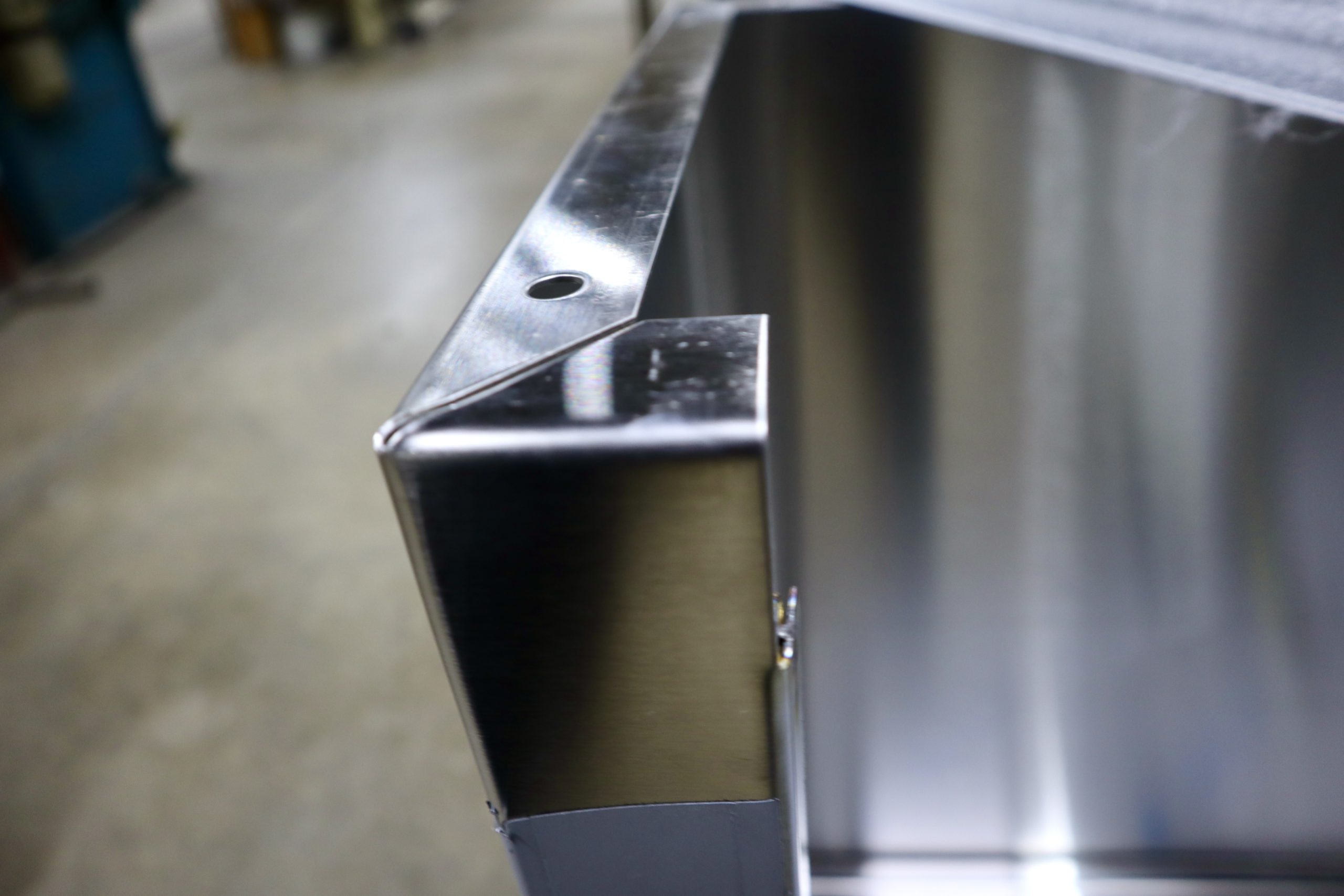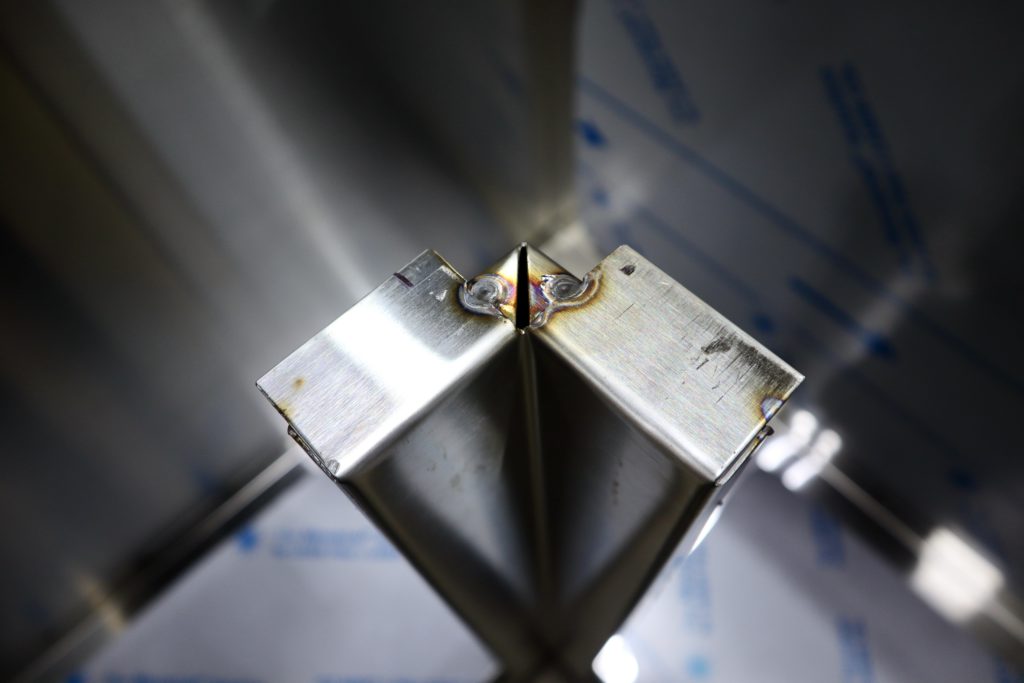
Steel finishing refers to the processes applied to steel surfaces after fabrication to enhance their appearance, improve durability, and provide additional protection against corrosion. Steel finishing techniques can vary depending on the desired outcome and the specific requirements of the application. Here are some common steel finishing methods:
Painting: Painting is a widely used finishing technique for steel. It involves applying a protective coating of paint to the steel surface. Primers and topcoats are typically used to provide corrosion resistance, aesthetic appeal, and durability. The paint can be applied using brushes, rollers, or through spray painting.
Powder Coating: Powder coating is an electrostatic process where a dry powder is applied to the steel surface. The powder consists of finely ground pigments and resins. The coated steel is then heated to fuse the powder and form a smooth, durable, and resistant coating. Powder coating offers a wide range of color options and provides excellent protection against corrosion, chemicals, and abrasion.
Galvanizing: Galvanizing is a process of applying a layer of zinc to the steel surface to provide corrosion protection. The steel is dipped into a bath of molten zinc or zinc is applied through a specialized coating process. The zinc coating forms a barrier between the steel and the surrounding environment, preventing rust and corrosion.
Electroplating: Electroplating involves depositing a thin layer of metal onto the steel surface through an electrochemical process. Common metals used for electroplating steel include chromium, nickel, and zinc. Electroplating can enhance the steel’s appearance, improve corrosion resistance, and provide additional properties like hardness or lubricity.
Passivation: Passivation is a chemical treatment used to enhance the corrosion resistance of stainless steel. It involves removing surface contaminants and forming a protective oxide layer on the steel surface. Passivation helps to maintain the steel’s integrity and prevents corrosion in aggressive environments.
Brushing/Grinding: Brushing or grinding is a mechanical finishing technique used to create a brushed or polished appearance on steel surfaces. The process involves using abrasive tools or brushes to remove imperfections, smooth the surface, and create a desired finish. Brushed or polished steel surfaces are commonly used in architectural applications or for decorative purposes.
Sandblasting: Sandblasting, also known as abrasive blasting, involves propelling fine particles or abrasive materials at high speed against the steel surface. This process removes rust, scale, coatings, or other contaminants, leaving a clean and textured surface. Sandblasting prepares the steel for further finishing treatments or provides a roughened surface for improved adhesion of coatings.
These are just a few examples of steel finishing techniques. The selection of the appropriate finishing method depends on factors such as the desired appearance, corrosion resistance requirements, environmental conditions, and the intended application of the steel product.


